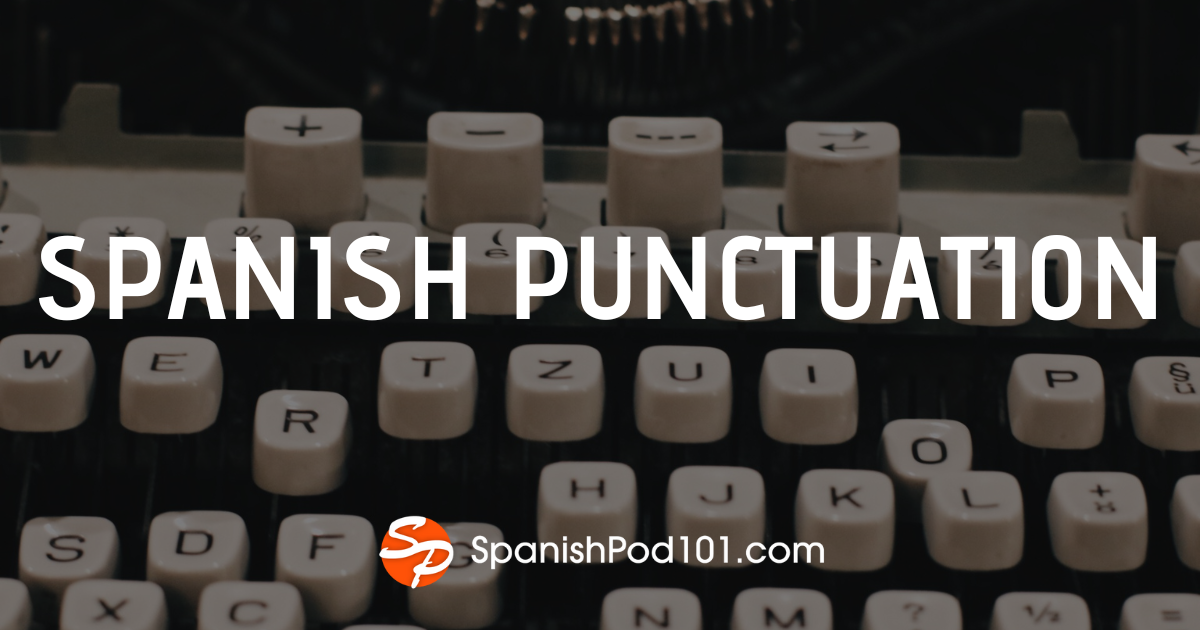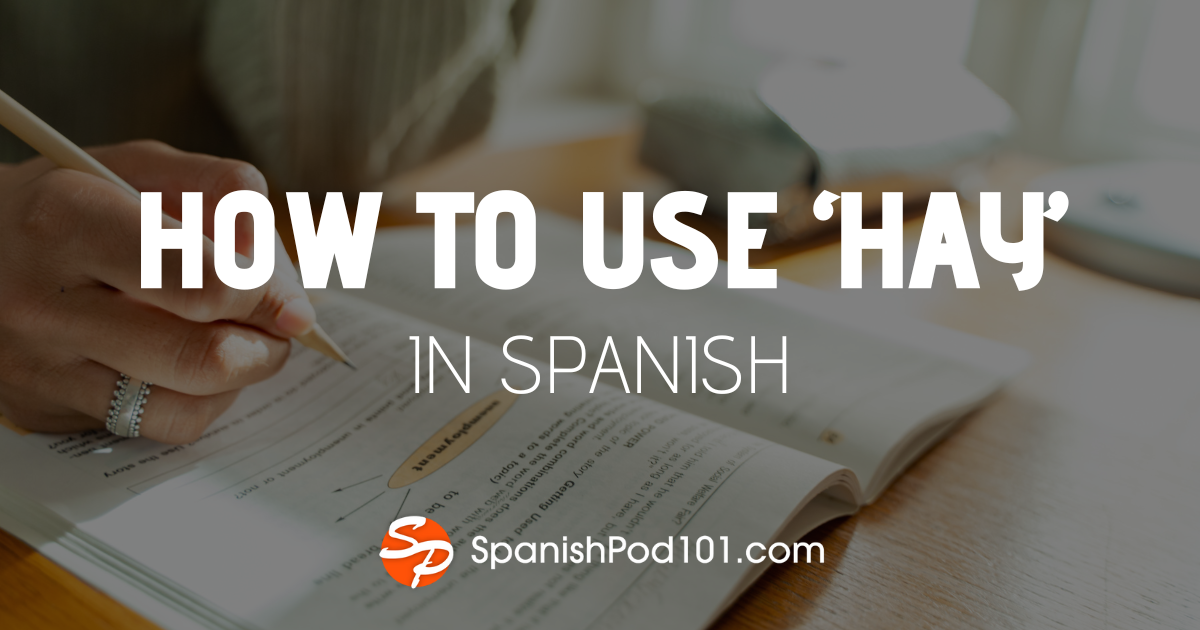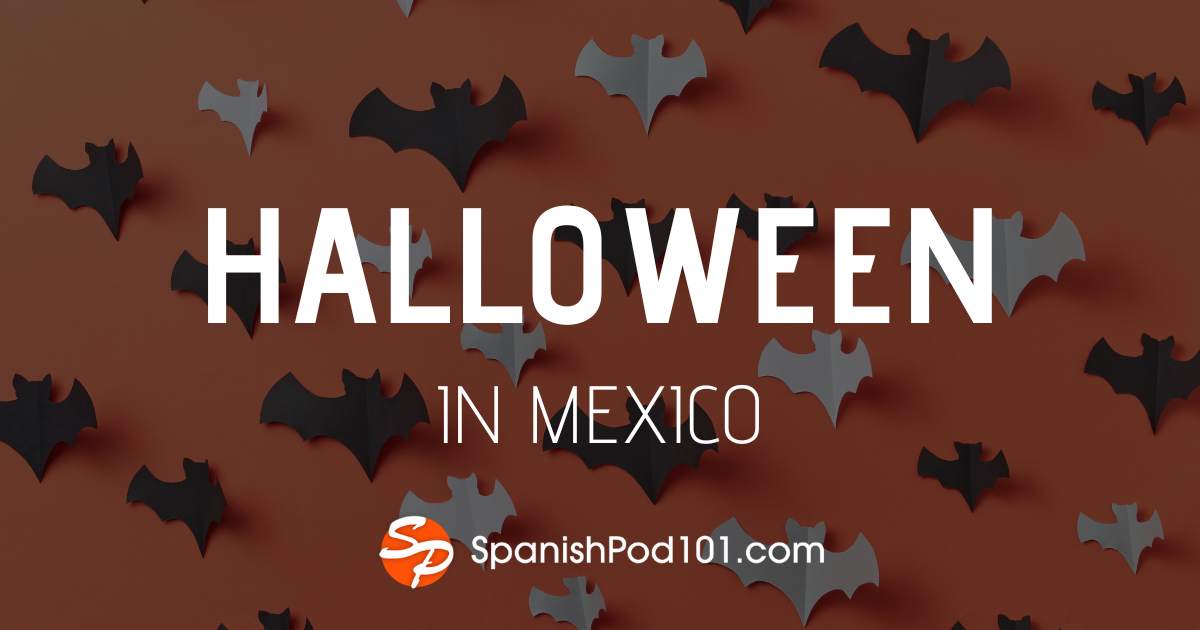Archive for the 'Teaching Spanish' Category
July 28, 2017
How to Start Thinking in Spanish
Learn 4 tools and techniques to stop translating in your head and start thinking in
Going through lessons is enough to get by and learn the basics of , but to truly become fluent you need to be able to think in . This will allow you to have conversations with ease, read smoothly, and comprehensively understand natives. To do this, you need to go beyond just completing daily or weekly lessons.
We naturally translate in our heads because it's viewed as the easiest way to learn the definitions needed when learning a language. This way of learning can actually hinder your skills and fluency later on. If your brain has to make neural connections between the word you're learning, what it means in your native tongue, and the physical object... Show more
December 25, 2008
Happy Holidays and Happy New Year From SpanishPod101.com!
Happy Holidays and Happy New Year from everyone here at SpanishPod101.com! We're grateful to have listeners just like you, and we're eagerly waiting for the upcoming year to learn Spanish together!
And when the New Year comes around, be sure to make a resolution to study Spanish with SpanishPod101.com!
Have a healthy and happy holiday season.
From the SpanishPod101.com Team!
January 10, 2008
Yucatequismos
Now that we’re getting ready to head back to Xalapa, we’re reflecting on "Yucatám" (pronounced with an “m” here in Mérida). Many of these differences come from the heavy Mayan influence in the region. Other linguistic differences originate in the Caribbean. Here are a few more "yucatequismos" to practice before heading down to the República de Yucatám.
Lo busco y no lo busco: This phrase (I look for it and I don’t look for it) means “lo busco y no lo encuentro” (I look for it and I can’t find it). My "cuñado" tells me that one day a friend was looking for his lost USB. He turned to Rafa and exclaimed, “¡No lo busco!” To which Rafa replied, “¡Pues, búscalo!” That’s when he realized that "buscar" here is also used as "encontrar".
... Show more
January 6, 2008
False Friends: Watch Your Back
The other day, se me fue el avión and I said to my husband that I would take a bath eventualmente. That is a perfect example of a false cognate. That means that it sounds like an English word. It looks like an English word… but it’s not.
"Eventualmente" doesn’t mean "eventually". It means "every now and then". There are a lot more words that aren’t what they seem. "Actualmente" is similar to "eventualmente". It doesn’t mean "actually", but rather "currently". "Actually" could be said as "realmente" or "de hecho". For example, “Actually, I do like pozole” would be “De hecho, sí me gusta el pozole.”
"Asistir" is another tricky word. This verb does not always mean "to assist", but rather "to attend". Usually, if you want "to assist"... Show more
November 17, 2007
Spanish Basics – tu, usted, ustedes, vosotros
In Spanish, there are 4 different ways to say “you.” Once you know the rules for them, you’ll always know which one to use. First, tu is for when you’re talking to one person who is a close friend, member of your family, or kids. It is the familiar form. Usted is the form you choose when you’re speaking to one person who does not fit into the categories for the familiar form. For example, you would use Usted for a person you don’t know well, someone much older than you, or for teachers. If you would address a person in English using Mr. or Ms., then you would choose Usted if speaking with them in Spanish. When you’re talking to more than one person, you use Ustedes. Ud. Is the abbreviation for Usted, and Uds. Is the abbreviation... Show more
November 16, 2007
Learning Spanish – Where to Start?
Once you’ve reached the point where you’ve decided you want to learn Spanish, you need to decide what way of learning Spanish will work best for you. Some people need a classroom because they know they will not do it themselves unless they have an organized group of students committed to learning Spanish and a teacher there to show them how to learn Spanish. That’s the traditional way of beginning to learn a language, and it works very well for some people. That’s not the only way to learn a language, however. With the Internet, students don’t need to be enrolled in a class or in school to learn a language. You can learn Spanish from a variety of websites. There are explanations of how the language works, lesson plans, and sample... Show more
November 15, 2007
Learn Spanish with Music
One of the ways to use long term memory to help you to learn Spanish is to learn words in ways that rhyme or have rhythm to them, such as learning a poem in Spanish or learning a song in Spanish. You can remember some poems easily because the rhyming helps you to remember what comes next. Songs are even better because they have a melody that gets repeated. Repetition is one of the tools to learning another language. You can increase your ability to learn, pronounce, and figure out the grammar of Spanish by learning songs in Spanish. The first step is to go online, perhaps to a site that has Spanish lessons, and find a song you like. If you find it from a website that teaches Spanish online, then the words or speed of the song won’t... Show more
November 14, 2007
Pronouncing rr
Of all the sounds in Spanish, the “rr” sound is probably the most difficult for native English speakers to make. However, it is easier than many sounds in other languages. If you can learn to make this sound, you will sound more like native Spanish speakers. The “rr” sound is made when a Spanish word starts with an r or when there is an rr in a Spanish word. The “rr” sound is similar to a single r sound, but you put your tongue at the ridge behind your top teeth, and you push a lot more air past your tongue. Here’s the easy way to learn it. Say “pot of tea” over and over, going faster and faster. You’re saying the Spanish words “para ti” which means “for you.” As you say the words over and over, notice where your tongue is when you... Show more
November 13, 2007
Pronunciation Patterns
Unlike English, Spanish follows pronunciation rules. Pronunciation in Spanish is one of the reasons why Spanish is a relatively easy language for English speakers to learn. First, pronounce each syllable with an even amount of stress or volume. Don’t vary the pitch like we do in English. The next step is that either the last syllable or the second to last syllable of each word will have a little more volume. For an example, think of the English word “coconut.” We’ve learned to say the first syllable, “co” a little louder than the other syllables. There aren’t any pronunciation rules in English to tell us how to say “coconut,” and there’s no logical reason why it shouldn’t be pronounced “co CO nut” or “co co NUT.” We just know that... Show more
November 12, 2007
Spanish Pronunciation
Spanish pronunciation is relatively straightforward. There are 28-30 letters, depending on who you ask. There are definitely at least 28. The additional letters are w and rr. W is used in foreign words that have been added into Spanish, and some people don’t differentiate between r and rr as separate letters. Letters that are in the Spanish alphabet but not in the Roman alphabet (the alphabet that English uses) are ch, ll, n (with a tilde), and rr. Ch is pronounced the same as in English. Ll makes the same sound as Y. N with a tilde makes a “ny” sound as in the English word “canyon.” Rr makes a similar sound to r, but with more air behind it, and you flutter your tongue. There will be a separate lesson on tricks to learn how to... Show more









